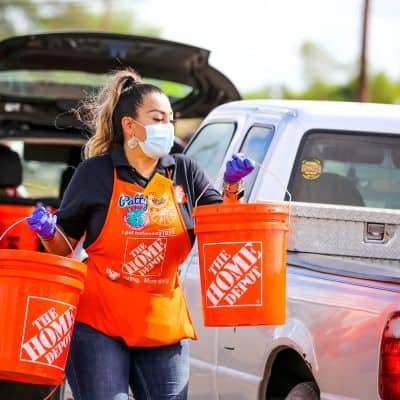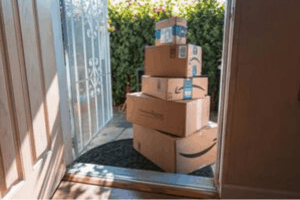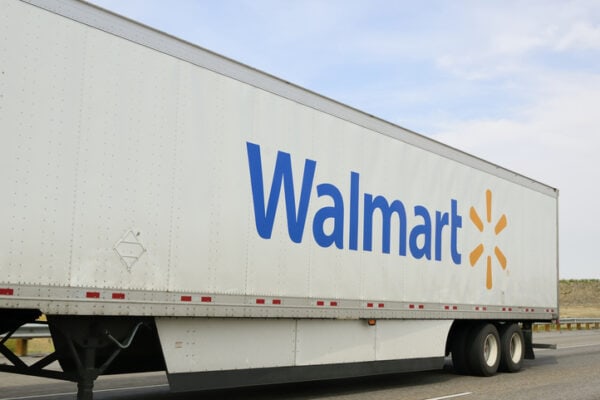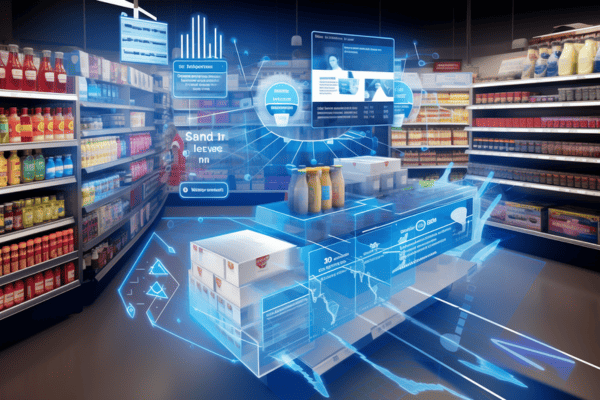The pandemic shutdowns have forced many businesses to migrate online, including pivoting to delivery or offering curbside pickup. Consumers have become more comfortable with these changes and the net result is that retail marketing will likely never be the same.
However, in this case, change doesn’t have to be a bad thing. In fact, siloing online and offline retail marketing teams no longer makes much sense in a world where most customers are shopping, even in-store, with smartphone in hand, looking to supplement even real-world experiences with online information. Even if most of a brand’s goods are bought offline, chances are that much of the buying experience and research is done online.
In the past, some marketers have seen online retail marketing, such as mobile apps and email campaigns, as completely separate from offline endeavors, including print, TV, and radio ads. However, connecting these strategies creates a more cohesive experience that offers customers opportunities to seamlessly connect no matter where they encounter your brand—online, through an ad, or even in-store.
The following are two examples of brands that have successfully merged online and offline retail marketing to create better experiences for customers both virtually and in person.
Home Depot builds better relationships across platforms

The Home Depot mobile app is a veritable masterclass in seamlessly connecting the online and offline experience. Each mobile user is automatically connected to their local Home Depot store, complete with updated information about which products are available in-store for pickup as well as information for ordering out-of-stock goods. Additionally, the app helps customers not only find the correct materials for their home improvement projects, but it also helps them estimate how much of each of those materials they will need, depending on factors like room size, etc.
And as if all that weren’t enough, Home Depot also helps its customers locate items found on the app within its physical locations, right down to locating the exact aisle in Home Depot where shoppers can find the correct size screw or the exact right sealant for their project.
Sephora’s retail marketing keeps mobile shoppers connected
Shopping for cosmetics used to pretty much require customers to be physically present to test shades and look at ingredient lists. However, Sephora has revolutionized the way many customers shop, seamlessly merging its online and offline experiences in years’ past and building brand loyalty via its Beauty Insider rewards program to boot.
Sephora’s mobile app not only allows customers to virtually test out its products using AI (a more important feature than ever before now that customers are likely shying away from trying out communal samples) but the brand also allows in-store shoppers to scan QR codes for a wealth of product information, videos, ratings, and reviews.
As the world recovers from COVID-19, customers who have relied on a brand’s online presence during the pandemic will be more ready than ever before to seamlessly toggle between a brand’s online and offline retail marketing.
Will your business be ready?
Maximize your online retail marketing investment
The world of marketplace advertising is rapidly changing the shape of online shopping and providing ecommerce marketers with new opportunities. Capture active shoppers with Skai, the industry-leading platform for launching and scaling advertising success across Amazon, Walmart, Target.com & Instacart.
Leading brands and agencies leverage Skai Ecommerce’s advanced optimization, analytics & automation solutions to get started quickly, navigate new ad formats, and drive growth.
For more information or to schedule a quick demo to see everything that Skai has to offer your retail marketing program, please contact us today.






